Durham, The Cathedral Choir, East 1892
Photo ref:
30745


More about this scene
The impressive roof is the first example of rib vaulting in Europe. These richly carved choir stalls date from 1665; the original stalls and the font canopy had been burnt by Scots soldiers imprisoned in the cathedral after the battle of Dunbar in 1650. Above the high altar is the magnificent rose window, over 98 feet in circumference, depicting Christ surrounded by the twelve apostles and the twenty-four elders.
Add to Album
You must be signed in to save to an album
Sign inShare This Photo
Buy a Print
Unframed, Mounted, Framed and Canvas prints in a range of sizes and styles.
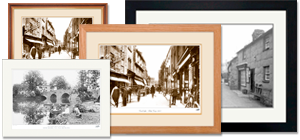
View Sizes & Prices
A Selection of Memories from Durham
For many years now, we've been inviting visitors to our website to add their own memories to share their experiences of life as it was, prompted by the photographs in our archive. Here are some from Durham
Sparked a Memory for you?
If this has sparked a memory, why not share it here?



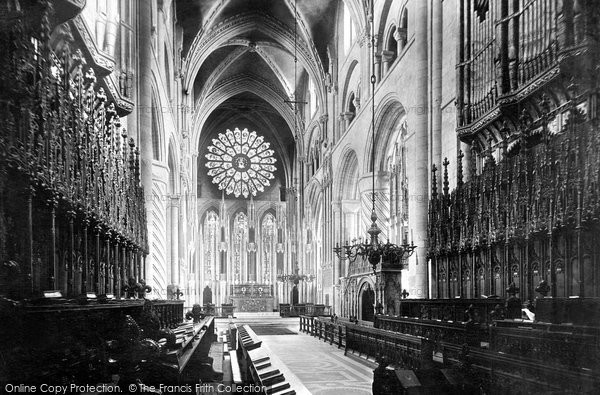
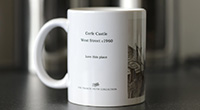
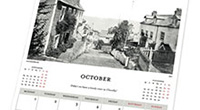
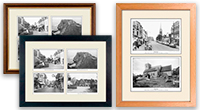



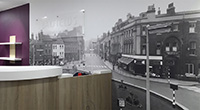

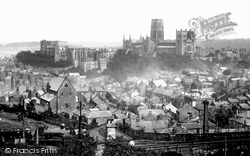
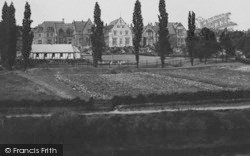
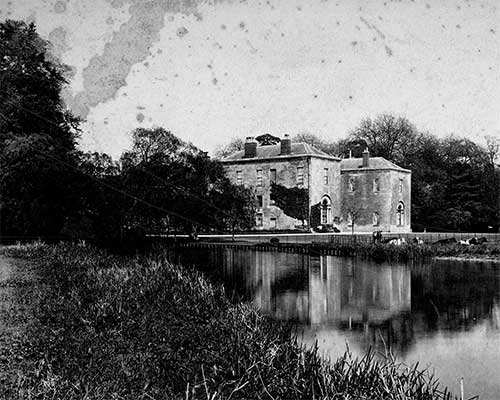 Before
Before
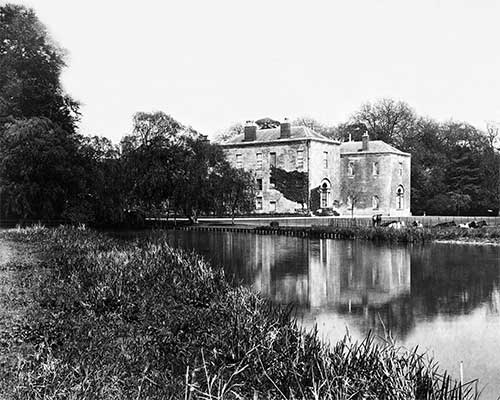 After
After